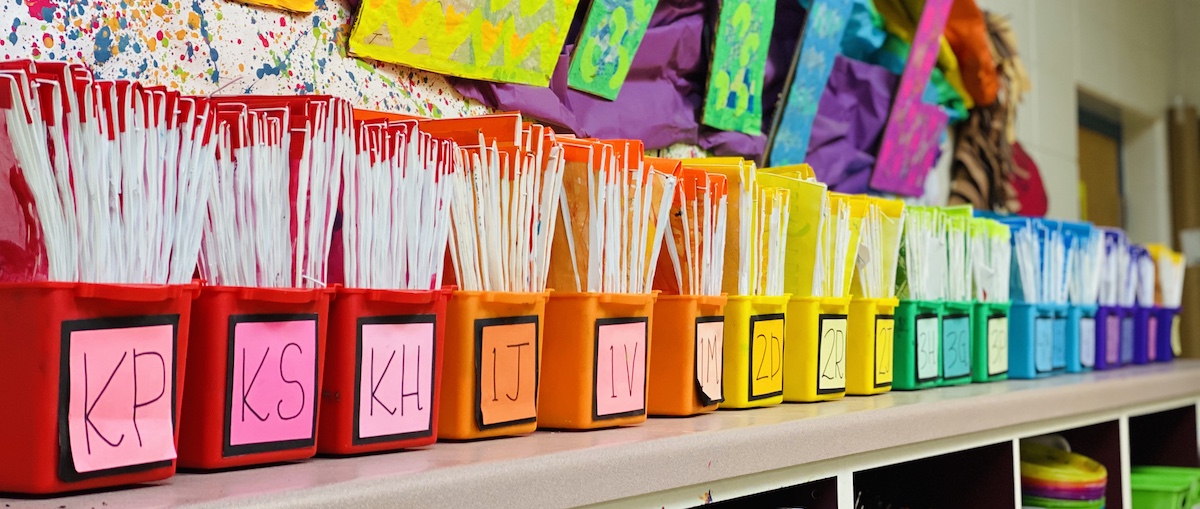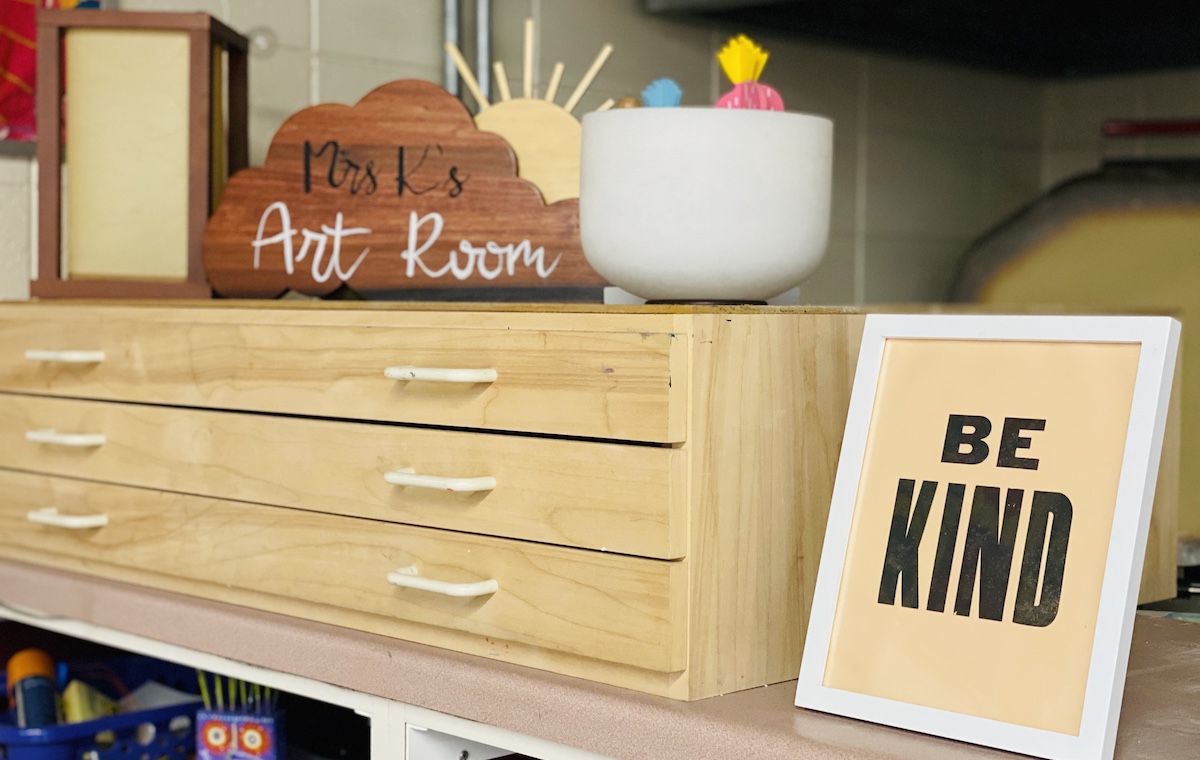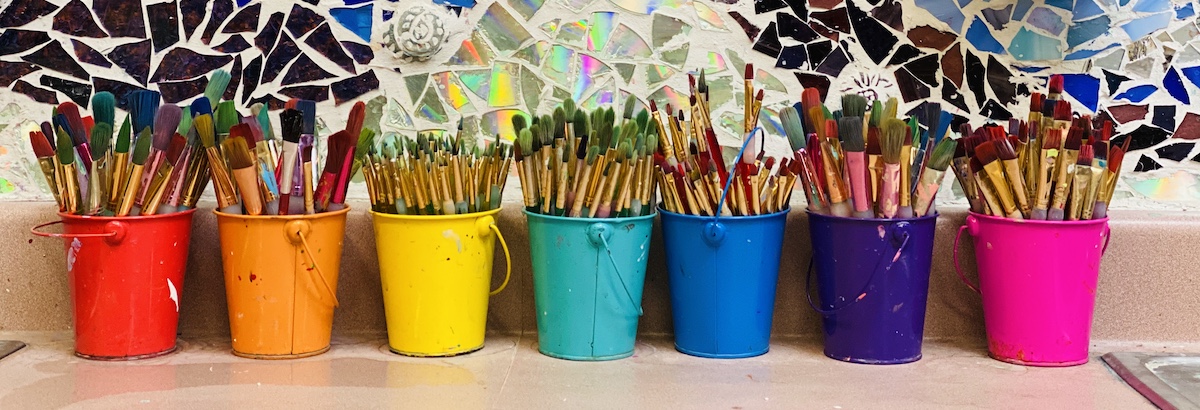Since the spring of 2020, education has changed. Though we have learned a lot along the way, that doesn’t necessarily make our feelings any easier to deal with. Alongside learning new platforms, teaching methods, and balancing our own mental health, teachers and students are grieving the loss of events, celebrations, traditions, field trips, and activities.
Teacher grief is a real and difficult feeling.
Your surge capacity is running on empty. “Surge capacity is a collection of adaptive systems, mental and physical, that humans draw on for short-term survival in acutely stressful situations, such as natural disasters.” And as much as we can work to lift ourselves from teacher grief, to reinvigorate our surge capacity, we must also realize it’s okay to identify and observe those feelings as they happen.

It’s important to recognize that many of our students are dealing with grief and lowered surge capacity. Whatever engaging elements of online learning that initially excited students have surely worn off. We’ve made immense strides to teach during a pandemic, but we aren’t out of the woods yet. Students and teachers alike are fatigued and burnt out, longing for human connection and a sense of normalcy.
Luckily, there are some things you can do.
It takes intentional effort to identify the things that are working well when your baseline level of living is different from years past.

Let us first understand grief. Grief is an intense emotional and physiological reaction to the loss of someone or something. Though you might initially think of grief as the loss of a loved one, those feelings of grief are the same for losing events and experiences. We can remember that loss and grief are common life experiences. They are opportunities to learn and grow, and we can see them as openings to develop social-emotional learning.

Social-emotional learning is the perfect pathway for making connections with students about their mental health, dealing with problems, and best practices for support.
For more support on Social-Emotional Learning:
50 Activities that Support Social-Emotional Learning
5 SEL Lessons That Actually Work with Secondary Students
How to Support Social-Emotional Learning Through Choice
3 Ways to Address Social-Emotional Needs When Teaching Online
5 Ideas to Help You Bring SEL into Your Teaching
Try these tips to alleviate your teacher’s grief.
- Ask for help. Lean on educators, co-workers, and resources you know and trust to help you navigate the long haul of online teaching. Seek out already created art teacher resources and content to take the stress off of you.
- Give yourself grace. It’s not going to be perfect. With so many new things happening constantly, there’s no way we can be prepared for them all. So, notice your feelings. When you feel strong enough to create, do so. When you feel overwhelmed and fatigued, take a break. Extend compassion to yourself in this unprecedented time.
- Create anticipation and excitement. Creating anticipation—not to be confused with anxiety—gives you and your students something to look forward to. The anticipation of a small event gives your brain something to focus on. Whether it be a tradition of making waffles each Saturday morning or wearing silly hats to a Zoom call, this small anticipatory excitement can help us push through grief.
- Celebrate the things you can do. Listing the things that are working will help train you and your students to focus on the positive things. Try starting or ending each class by asking students to make a gratitude list or sharing something that made them smile that day. Our positivity is a muscle, and it needs to be exercised.
- Talk about your feelings with your students and co-workers. Ignoring the way we feel never helps a situation. Identifying and modeling what it is like to have good days and bad days helps students understand all kinds of emotions are valid. Being human is like riding a rollercoaster. Sometimes we live in the positive forward motion on our way up, and other times we are screaming on the way down. No matter where you are on the rollercoaster, talking about your journey will help students understand their own perspective.
- Reassure your students. This is not forever. Sometimes it feels like this pandemic will be here forever. But, just as all things pass, our current situation will shift as well. Be mindful to reassure and understand the concerns of your students. The fears and anxieties of each student are as individual as they are.

As with anything, time will only help us grow stronger. Remember, your role as an art educator is to not only support your students’ creativity but to help them be the best person they can be. Facilitating conversations, encouraging expression, and allowing for a range of feelings are the first steps toward persevering through grief.
What successes have you celebrated this year?
What social-emotional skills have you connected to art?
What has been the most difficult part of dealing with teacher grief?
Magazine articles and podcasts are opinions of professional education contributors and do not necessarily represent the position of the Art of Education University (AOEU) or its academic offerings. Contributors use terms in the way they are most often talked about in the scope of their educational experiences.





